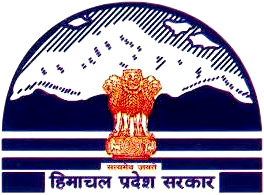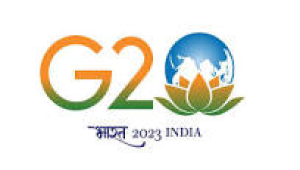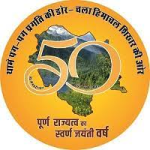COs 7th Semester ECE
| Computer Networks & Data Communication EC 701 | |
|---|---|
| CO1 | Summarize the fundamentals of computer networks along with architectures of OSI and TCP/IP model. |
| CO2 | Identify various transmission impairments in networking. |
| CO3 | Compare various line, error detection and correction coding techniques. |
| CO4 | Enumerate the different types of network devices and their functions within a network |
| CO5 | Classify all the network layer services along with different wired,wireless and various transmission networks |
| Microwave & Radar Engineering EC 702 | |
| CO1 | Analyse microwave transmission line equations and its solutions. |
| CO2 | Analyse the wave propagation of TE and TM modes in the structures like rectangular waveguides |
| CO3 | Describe the operation and working of the various tubes or sources for the transmission of the microwave frequencies. |
| CO4 | Describe various transferred electron and microwave semiconductor devices. |
| CO5 | Compare different types of radar systems on the basis of their working |
| Optical Communication EC 703 | |
| CO1 | Examine all the optical fiber communication system |
| CO2 | Distinguish the different kind of losses and other degradation factor in optical fiber communication. |
| CO3 | Classifying various optical sources and receiver for optical fiber communication. |
| CO4 | Explaining the various Transmission system in optical fiber communication. |
| CO5 | Examine various fiber amplifier and cable connectors in optical communication. |
| VLSI Design EC 704 | |
| CO1 | Familiarise with the static and dynamic behaviour of MOSFETs (Metal Oxide Semiconductor Field Effect Transistors). |
| CO2 | Summarise the static and switching characteristics of MOS inverters |
| CO3 | Identify the layout, stick diagrams and fabrication steps involved in Very Large Scale Integration. |
| CO4 | Classify CMOS memory, CMOS amplifier and CMOS differential amplifier. |
| CO5 | Recognise the trends in semiconductor technology and implement heir knowledge in industry. |
| Wireless Sensor Networks EC -709 | |
| CO1 | Explain architecture, need and applications of the wireless sensor networks. |
| CO2 | Apply localization and time synchronization techniques to improve the performance of the wireless sensor networks |
| CO3 | Use different MAC approaches utilized to reduce the energy consumption in WSNs. |
| CO4 | Distinguish various routing and data gathering approaches in order to reduce energy consumption for wireless sensor networks. |
| OPTICAL AND MICROWAVE LAB. | |
| CO1 | Verify various microwave devices characteristics. |
| CO2 | Demonstrate characteristics of various optical sources and optical cable. |
| CO3 | Analyse the optical communication system |
| CO4 | Measure various losses in Optical fiber communication. |





